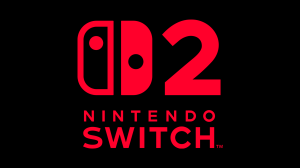The Best Picture Oscar winner is a strange creature in many ways. This includes its relationship to the box office. Award season attention can certainly bolster major crowdpleasers released in the final two months of a given year, like The King’s Speech or Slumdog Millionaire. However, not every motion picture that wins this prestigious honor instantly becomes a box office phenomenon. Many titles have too challenging subject matters, overly tiny distributors, strange release plans, or countless other factors at play that keep them from hitting the box office highs of major studio Best Picture Oscar winners like Forrest Gump, The Lord of the Rings: The Return of the King, or Argo.
Videos by ComicBook.com
Among modern Best Picture Oscar winners released from 1980 onward, there are, inevitably, seven victors that have the lowest domestic box office hauls compared to No Country for Old Men and The King’s Speech. These features are not bombs, to be clear. On the contrary, several performed especially well considering the types of films they were. They just so happen to be the lowest-grossing modern Best Picture Oscar winners in North America, an understandable outcome when compared to exceedingly lucrative fellow champions like Oppenheimer and A Beautiful Mind.
Only time will tell if potential Best Picture winners at the 97th Academy Awards like The Brutalist or Anora join these seven movies among this class. For now, though, it’s clear these are the current lowest-grossing modern Best Picture Oscar victors in North America. One note before going forward: two 21st-century movies (bizarrely released across consecutive ceremonies) are excluded from this list. The first is Nomadland, which had its domestic box office disrupted by opening while New York and Los Angeles multiplexes were closed. The other is CODA, an Apple TV+ original feature that never reported box office figures for its very limited theatrical run.
The Hurt Locker

Unless something drastic happens in the near future (or Nickel Boys pulls off a miracle and wins this year’s Best Picture Oscar), The Hurt Locker is bound to eternally remain the lowest-grossing Best Picture Oscar winner in North America. Kathryn Bigelow’s acclaimed war movie topped out at $17 million domestically. That’s no reflection of The Hurt Locker being a “dud” financially, though. On the contrary, this feature was a sleeper hit in the summer of 2009 and was one of that year’s biggest movies that never hit wide release (600+ theaters).
Between this title’s limited theater count and its June 2009 release date (which means its box office run ended long before Oscar nominations were announced), The Hurt Locker understandably made way less than all other modern Best Picture Oscar winners.
Moonlight
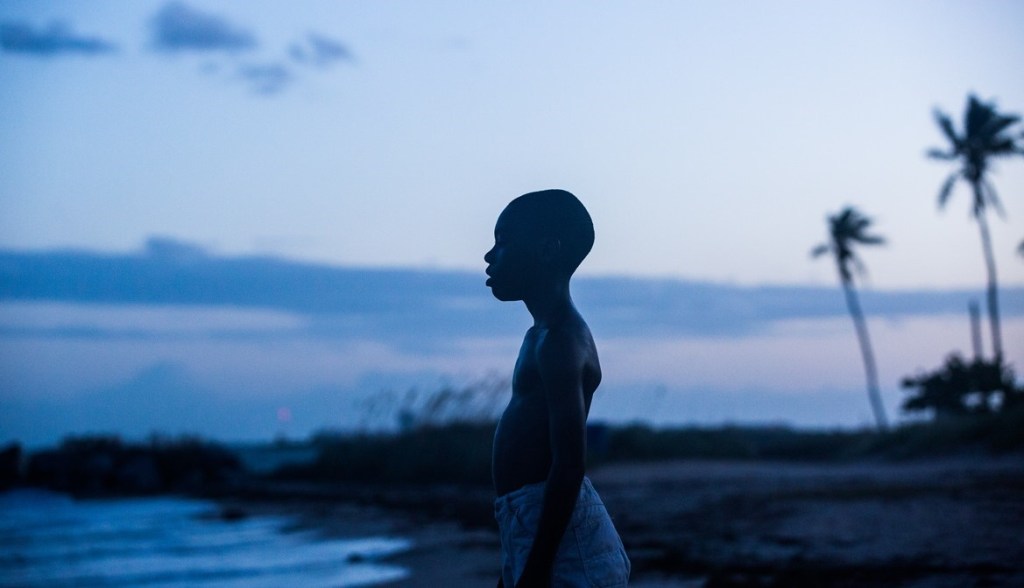
In its North American theatrical run, Moonlight grossed $27.85 million, an outstanding sum for a movie that cost only $1.5 million to make. At the time, it was also A24‘s highest-grossing feature ever in North America, further solidifying its status as a relative moneymaker. How come it didn’t make even more given its historic Oscar win snafu? Part of the issue was simply Moonlight’s super artsy and esoteric filmmaking style that wasn’t as accessible to mainstream moviegoers as past Oscar juggernauts like The Return of the King or Forrest Gump. The feature also only played in more than 1,000 theaters for roughly just 14 days of its domestic run, which limited how many moviegoers had access to it on the big screen.
Birdman
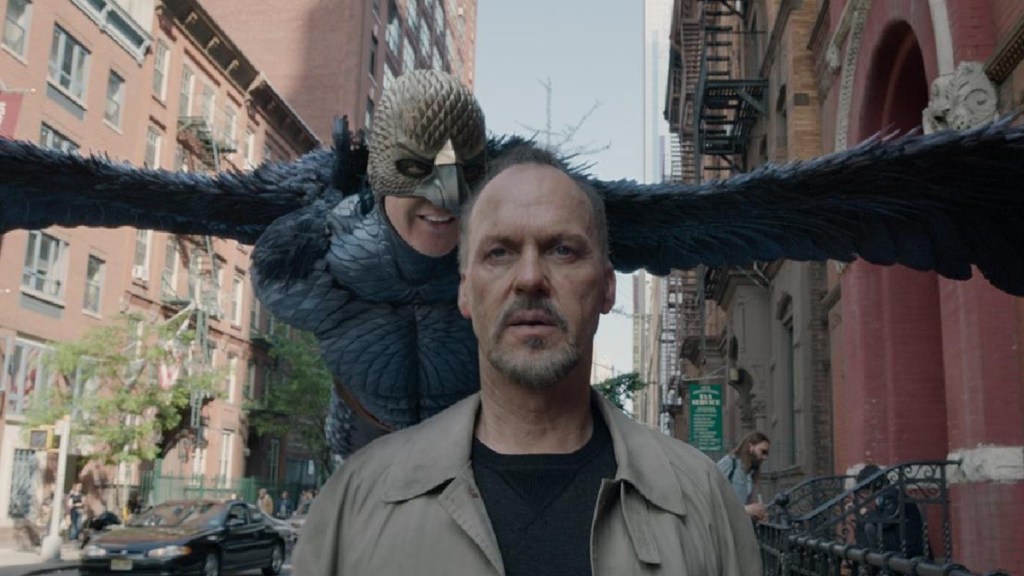
Believe it or not, since 1980, only two Best Picture Oscar winners (exempting streaming titles and features launched during the height of COVID-influenced theater closures) have made under $40 million domestically. The lowest of those titles that cracked $40 million is Birdman, which made $42.3 million domestically. A show business satire told through a (simulated) single take was always such a challenging concept to sell to the masses that it’s honestly a miracle Birdman made as much as it did.
The Last Emperor
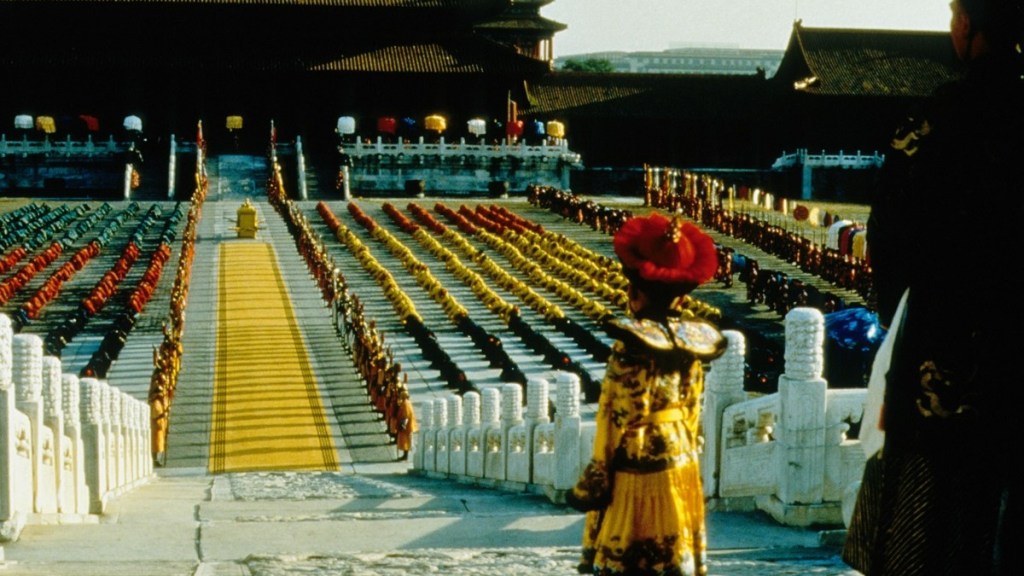
Back in the 1980s, in a radically different theatrical landscape, Best Picture Oscar winners regularly cracked $87+ million domestic totals. Starting with 1986’s Platoon, there were nine consecutive Best Picture Oscar winners that grossed $96+ million domestically each, except for The Last Emperor. This 1987 movie grossed $43.98 million in North America. While that was good enough to be 1987’s 24th biggest movie domestically, The Last Emperor made significantly less than usual for a Best Picture Oscar winner from this era. The lack of big names in this film’s cast, not to mention it not reaching wide release until the weekend after its Oscar victory, are credited with its abnormally low domestic run.
[RELATED: 2025 Oscars: Ranking This Year’s Best Picture Nominees (Based on How Good They Actually Are)
The Artist

A feature-length homage to classic silent cinema like The Artist would always have limited appeal to the general public. No wonder The Artist “only” grossed $44.7 million domestically, making it the lowest-grossing Best Picture Oscar winner (exempting The Hurt Locker) since The Last Emperor 24 years earlier. Inevitably, The Artist made way more money overseas, where its French lead performers are bigger household names compared to the U.S.
Spotlight
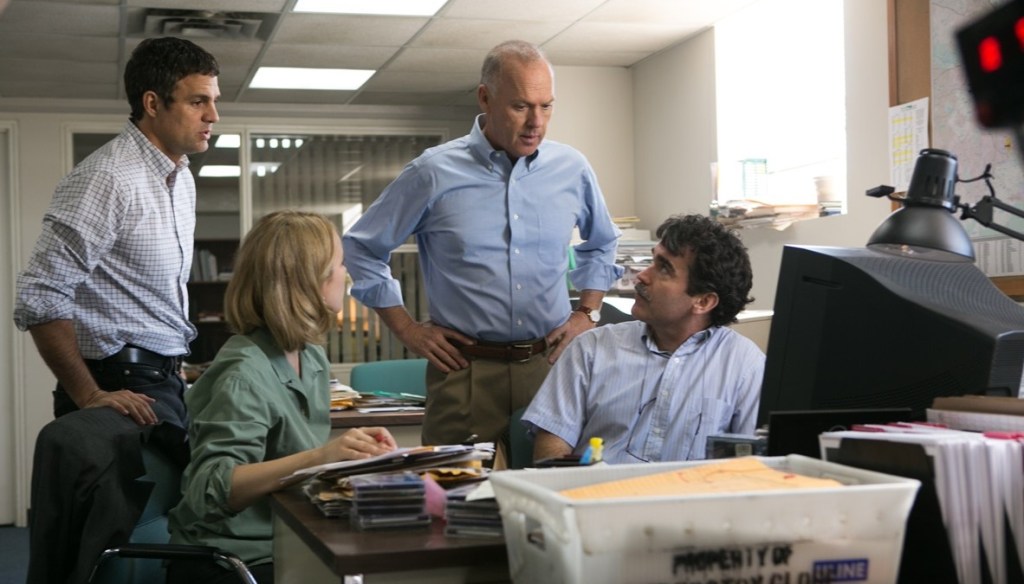
Spotlight holds a very niche box office record to its name: to date, it is the highest-grossing post-1979 Best Picture Oscar winner domestically that never cleared $50 million. Spotlight’s domestic run topped out at $45 million, a perfectly reasonable haul for a journalism thriller covering a topic as heavy as the horrors of the Catholic Church child abuse scandal. To boot, Spotlight was released by indie outfit Open Road Films, which didn’t have Disney or Warner Bros. money to promote its movies. Under those circumstances, Spotlight’s $45 million domestic haul was its own remarkable victory.
Amadeus
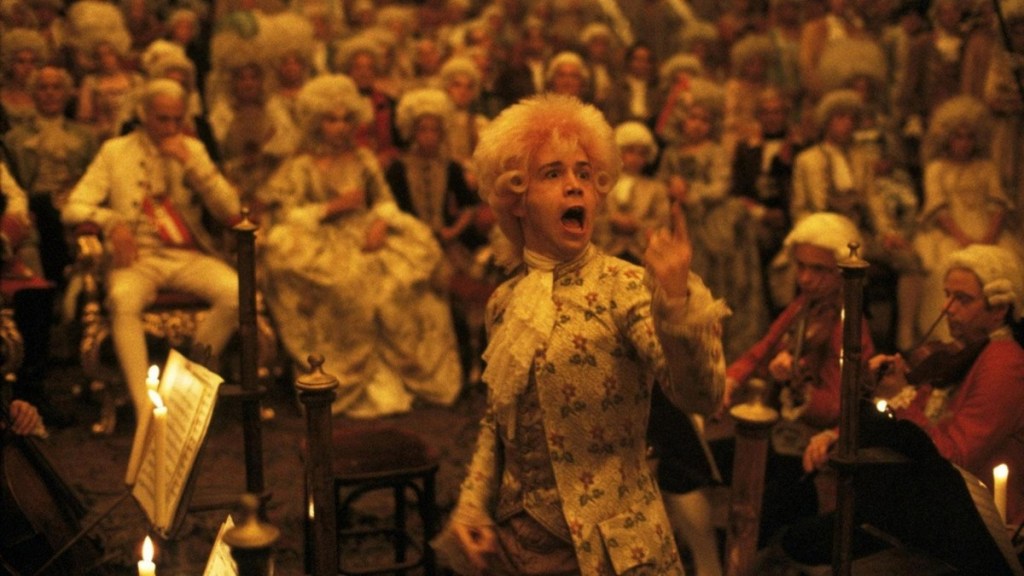
Milos Forman’s Mozart saga Amadeus grossed $51.5 million domestically in its theatrical run. Released back in 1984, a $51.5 million domestic cume meant way more back then than it does in 2025. Amadeus was the 13th biggest movie of 1984, putting it in Bad Boys: Ride or Die’s same position among 2024 domestic performers. Even considering that, why did Amadeus make less than half of fellow Best Picture winner Kramer vs. Kramer’s $106.26 million domestic cume? Maybe the prospect of watching composers from an ancient era seemed too “stuffy” to certain 1984 moviegoers compared to more contemporary and lucrative Best Picture Oscar winners. Amadeus may be one of the lower-grossing victors of this Academy Award, but its box office run by no means hit a sour note.



